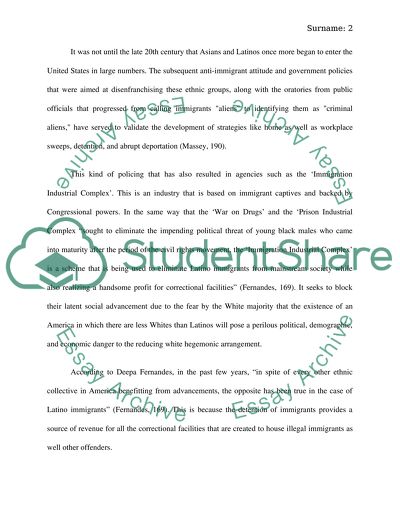Cite this document
(“The bounds of citizenship Research Paper Example | Topics and Well Written Essays - 2000 words”, n.d.)
Retrieved from https://studentshare.org/sociology/1469764-the-bounds-of-citizenship
Retrieved from https://studentshare.org/sociology/1469764-the-bounds-of-citizenship
(The Bounds of Citizenship Research Paper Example | Topics and Well Written Essays - 2000 Words)
https://studentshare.org/sociology/1469764-the-bounds-of-citizenship.
https://studentshare.org/sociology/1469764-the-bounds-of-citizenship.
“The Bounds of Citizenship Research Paper Example | Topics and Well Written Essays - 2000 Words”, n.d. https://studentshare.org/sociology/1469764-the-bounds-of-citizenship.


